Given that tractors are hulking vehicles that weigh at least 19,000 pounds, you’d have to expect that a tractor’s four tires would have to be substantial as well. Now that you’re thinking about it, you’re curious. Exactly how heavy are tractor tires?
The average large tractor tire is 400 to 600 pounds each. When you take those numbers and add up all four tires, your tractor tires alone may weigh 800 to 2,400 pounds!
In this article, we’ll tell you everything you need to know about your tractor tires. We’ll discuss tractor tire sizes and weights in more detail as well as how to determine the weight of your own tires. We’ll even share some tips for prolonging tractor tire life. Keep reading!
How Much Does the Average Tractor Tire Weigh?
Believe it or not, tractor enthusiasts aren’t the only ones who are passionate about tractor tires and their weights. Athletes and weightlifters seek these tires because they’re hefty and pushing the tire around is a great form of exercise.
Your tractor tires can be one of four sizes. Depending on how large they are, they’re either more lightweight or heavyweight. Here’s a closer look at tractor weights based on size.
Small Size Tractor Tires
The smallest tractor tires are 17.5 by 25 feet. At max, these weigh 300 pounds. That’s by no means light, as the average car tire is 25 pounds. Even if you look at a heavy-duty vehicle that’s more comparable to a tractor, such as a pickup truck, those tires weigh around 200 pounds each. Your tractor tire will still outweigh a pickup tire by 100 pounds or so!
Medium or Mid-Sized Tractor Tires
Next is a tractor tire that’s 20.5 by 25 feet. This mid-sized tire isn’t that much bigger than a small, so you don’t get a lot of extra weight, either. Medium-sized tractor tires may weigh 400 pounds or slightly more.
Large Tractor Tires
Now we’re getting into some truly sizable tires. Tractor tires that are 23. 5 by 25 feet are large. Per the information in the intro, they could weigh 400 to 800 pounds each. Some large tractor tires are a little lighter at 550 to 650 pounds. The weight of a tractor tire at this size is dictated by its wear patterns and how much metal is included within.
5 by 25 feet are large. Per the information in the intro, they could weigh 400 to 800 pounds each. Some large tractor tires are a little lighter at 550 to 650 pounds. The weight of a tractor tire at this size is dictated by its wear patterns and how much metal is included within.
Extra Large Tractor Tires
Yes, you can go a step up to an extra large tire that’s 26.5 by 25 feet. These are also by far the heaviest, with each tire weighing 1,000 pounds on average. That would mean your tires contribute 4,000 pounds to the load of your tractor. That’s extraordinary!
How Do You Determine How Much Your Tractor Tires Weigh?
You’d love to know more about your own tire tractors and how much they weigh, but how do you even start? It’s not like you can just detach your tires from your tractor, put the tire on a household scale, and see what the reading is. The average tractor tire is far too heavy for that.
Fortunately, you don’t have to do any heavy lifting.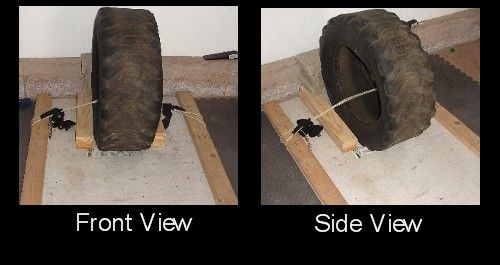 Instead, find the sidewall of your tire. There, you should see a five-digit number. The first two digits are separated by a period. A dash should be between the third and fourth numbers.
Instead, find the sidewall of your tire. There, you should see a five-digit number. The first two digits are separated by a period. A dash should be between the third and fourth numbers.
Here’s an example of what that five-digit number looks like: 16.9-30.
These digits are not there arbitrarily, by the way. The 16.9 in this example, or the first numbers, refer to the width of your tractor tire from one sidewall to the other. This is represented in inches. The 30 is the diameter of your tire’s rim, also in inches.
It would be nice if that’s all there was to it, but it’s not. Your tires can be metric, radial, or standard sizes. Here’s an explanation of all three types.
photo credit: meMetric Tractor Tires
A metric tire may also be referred to as a European tire based on its measurement system. You can tell your tractor tire is measured in metric size because it will have an R in there somewhere and a slash or two. An example is 280/85R20 or 420/85R24.
How do you make sense of these numbers and letters? Look at the first number and start there, as that’s the tractor tire’s width when it’s appropriately inflated and mounted. If that number seems small, that’s because instead of inches, it’s represented in millimeters.
The next number on metric tractor tires is the aspect ratio. The ratio includes the tire width in a percentage to its height when appropriately inflated and mounted. Again, this number is in millimeters, so it will be smaller.
What about the R? That means the tire has radial construction, common in metric tractor tires. The number after the R is the wheel diameter for mounting.
Radial Tractor Tires
Speaking of the R for radial construction, you’ll definitely see that on the sidewall of radial tractor tires. Radial construction, by the way, means the tires have 90-degree cord piles that move the same direction your tires travel. Most tires are radial, but not all.
A radial tractor tire will have two numbers separated by a period, then one number, the letter R, and two numbers following that. For example, 11.2R20 or 18.4R26.
For example, 11.2R20 or 18.4R26.
Standard Tractor Tires
The first example of tractor tire sizes we discussed earlier in this section is standard. Besides the way the sizing was represented in that example, you may see an alternate expression that looks like 11.2X20 or 16.9X28. The numbers don’t mean anything different; they’re just printed in another way on the sidewall.
It’s possible to convert from one type of tractor size to another. You can also look at this handy conversion chart courtesy of Ken Jones Tires. If you see a blank spot, that means there’s no applicable conversion for that tire size.
| STANDARD | RADIAL | METRIC |
| 11.2X30 | 11.2R20 | 280/85R20 |
| 12.4X20 | 12. 4R20 4R20 | 320/85R20 |
| 9.5X24 | 9.5R24 | 250/85R24 |
| 11.2X24 | 11.2R24 | 280/85R24 |
| 12.4X24 | 12.4R24 | 320/85R24 |
| 13.6X24 | 13.6R24 | 340/85R24 |
| 14.9X24 | 14.9R24 | 380/85R24 |
| 16.9X24 | 16.9R24 | 420/85R24 |
| 18.4X26 | 18.4R26 | 420/85R26 |
| 11.2X28 | 11.2R28 | 280/85R28 |
12. 4X28 4X28 | 12.4R28 | 320/85R28 |
| 13.6X28 | 13.6R28 | 340/85R28 |
| 14.9X28 | 14.9R28 | 380/85R28 |
| 16.9X28 | 16.9R28 | 420/85R28 |
| 14.9X30 | 14.9R30 | 380/85R30 |
| 16.9X30 | 16.9R30 | 420/85R30 |
| 420/90R30 | ||
| 18.4X30 | 18.4R30 | 460/85R30 |
| 12.4X32 | 12.4R30 | 320/85R32 |
12.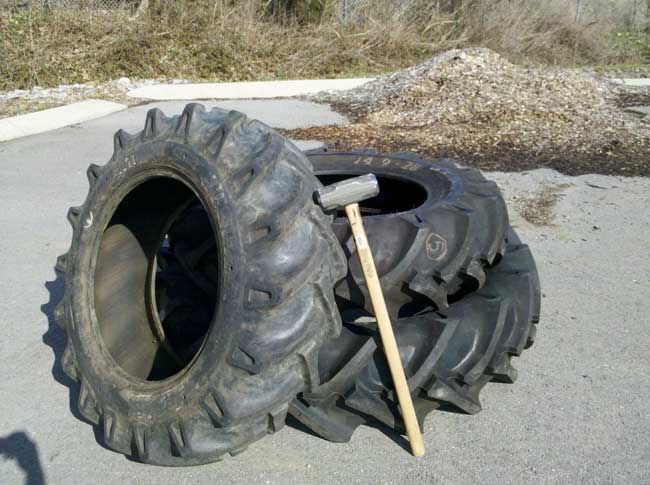 4X34 4X34 | 12.4R34 | 320/85R34 |
| 14.9X34 | 14.9R34 | 380/85R34 |
| 16.9X34 | 16.9R34 | 420/85R34 |
| 18.4X34 | 18.4R34 | 460/85R34 |
| 20.8X34 | 20.8R34 | 520/85R34 |
| 12.4X36 | 12.4R36 | 320/85R36 |
| 13.6X36 | 13.6R36 | 340/85R36 |
| 13.6X38 | 13.6R38 | 340/85R38 |
| 14.9X38 | 14.9R38 | 380/85R38 |
16.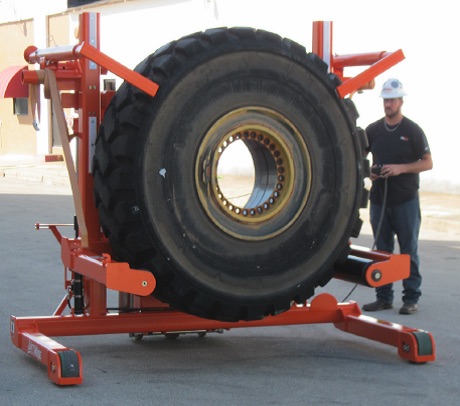 9X38 9X38 | 16.9R38 | 420/85R38 |
| 18.4X38 | 18.4R38 | 460/85R38 |
| 20.8X38 | 20.8R38 | 520/85R38 |
| 18.4X42 | 18.4R42 | 460/85R42 |
| 20.8X42 | 20.8R42 | 520/85R42 |
| 20.8X46 | 20.8R46 | 520/85R46 |
Tips for Caring for Tractor Tires
It wasn’t easy to figure out the size of your tractor tires, especially if you had to convert from metric to standard or radial, but you did it. You’d like to hold onto the tractor tires you do have for the next several years if possible so you don’t have to do any tricky conversions again for a while.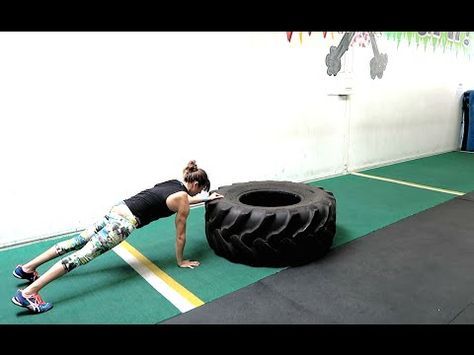
By following these handy maintenance and care tips for tractor tires, you can keep your tires in tip-top shape.
Clean Your Tractor Tires
Your day-to-day operations accumulate dirt on and underneath your tractor, especially the tires. When you retire your farming duties for the afternoon, treat your tires to a bath if they’re especially filthy.
Use water, soap, and a quality tire brush. Get in the grooves of your tires and clean all the way to the bottom. Then, let the tires take their time air drying. Clean tires drive better, which could help you enjoy them longer.
photo credit: meAvoid Driving on Pavement Often
Your farm tractor can handle a bit of pavement driving, but not much. Remember that tractor tires are not car or truck tires. They’re better for traversing softer terrain like dirt, grass, or hay. Limit your pavement driving as much as you can.
Another reason that should incentivize you to keep the tractor on the farm? In some states, such as Pennsylvania, you can’t drive your tractor on the street without titling the vehicle first.
Don’t Wait to Get Replacement Tires
The longer you go without replacing those old, worn-down tires, the more risk you’re at each time you drive your tractor. At any point, if you hit a pointy stone or some other debris, your tire can pop. Given the size and height of the tire, you’d surely feel it if you’re driving your tractor when this happens.
You’ll know your tires are on their last days if you feel like the wheels slip a lot more often than usual. If the conditions outside aren’t particularly wet, then your tires shouldn’t slip like this.
You might also notice that your tires can’t maintain air pressure anymore, even if you just filled them up yesterday.
It’s also possible for your tires to develop dry rot. Dry air and sun exposure sucks up the tire’s elasticity and causes the material to crack. Besides that, you may also notice tire fading, paleness, and brittleness. All are signs your tires shouldn’t be driven on again.
Buy Quality Tires
You may spend as much as several hundred dollars per tractor tire, but going the cheap route will come back to bite you.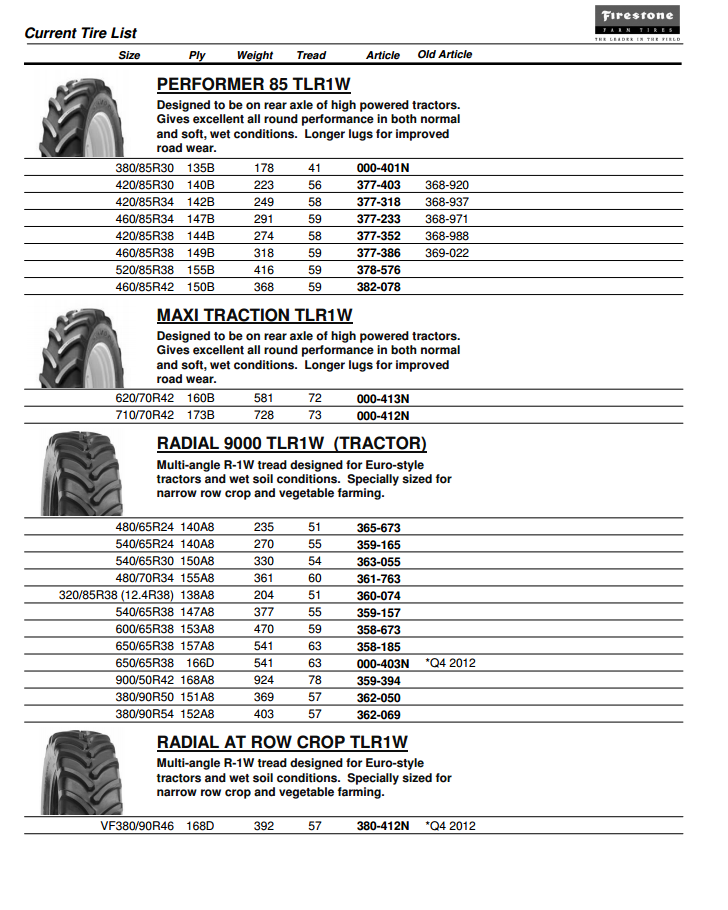 Sure, you get a good deal now, but when your tires pop or otherwise fall apart on you a month after your purchase, you’ll be upset.
Sure, you get a good deal now, but when your tires pop or otherwise fall apart on you a month after your purchase, you’ll be upset.
It’s much better to pay more money upfront for better-quality tires that could last you several years.
Conclusion
Tractor tires are no less than 200 pounds, and the biggest ones may weigh around 1,000 pounds. You can calculate the size and weight of your tractor tires by looking at the sidewall. There, you’ll see a standard, radial, or metric series of numbers that should clue you into the tire’s width and diameter.
Best of luck sizing and weighing your tractor tires!
Tractors are humongous machines normally used for agriculture, industrial and construction tasks. Though they weigh at least 20,000 pounds in total, they can still roll smoothly on rough terrains thanks to their tires being rated for such heavy duty chores. So the next question might be, how much do these tires weigh to support the hefty load of tractors?
Tractor tires have a variety of weights and sizes depending on purpose. These range from 300-pound small size tractor tires to a whopping 1000-pound extra large tires. When those figures are added up for all four tires, your tractor tires may weigh 1,200 to 2,400 pounds.
These range from 300-pound small size tractor tires to a whopping 1000-pound extra large tires. When those figures are added up for all four tires, your tractor tires may weigh 1,200 to 2,400 pounds.
According to the manufacturer’s tire selection, tractor tire size and weight should be matched with the tractor’s powertrain and gross weight, for maximum torque and efficient fuel consumption. That is why identifying the weight of your tractor’s tire is important in order to improve your tractor’s traction and efficiency.
What Is The Average Tractor Tire Weight Per Size?Tractor tire weighs will vary based on size category. Small size tractor tires can weigh up to 300 pounds. Mid-sized tractor tires are 400 pounds or more, while large tractor tires weigh between 500-800 pounds. The heaviest type, also called extra-large, weighs up to 1,000 pounds.
Small Size Tractor TiresThe smallest tractor tires are 17.5 by 25 feet in size. These tires can weigh up to 300 pounds each.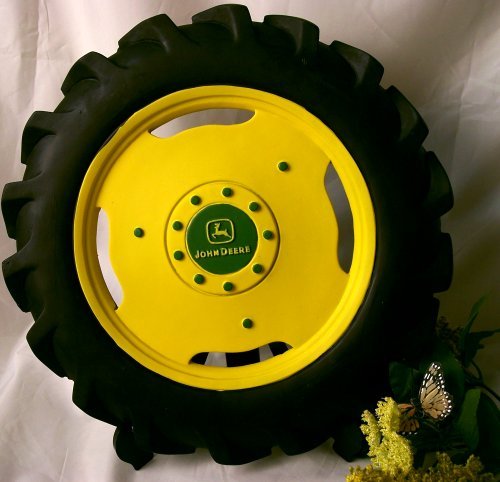 For comparison, a typical car tire only weighs 25 pounds, while a pickup tire will still be outweighed by a small size tractor tire by 100 pounds.
For comparison, a typical car tire only weighs 25 pounds, while a pickup tire will still be outweighed by a small size tractor tire by 100 pounds.
The next size is called medium or mid-sized tractor tires. These tractor tires are approximately 20.5 by 25 feet in size. There isn’t much of a size difference between these and small-sized tractor tires. As a result, the weight of each medium-sized tractor tire is not significantly different from that of the small-sized tractor tire, despite the fact that each medium-sized tractor tire weighs 400 pounds or more.
Large Tractor TiresTractor tires measuring 23.5 by 25 feet are considered large tractor tires. They can weigh between 500 and 800 pounds each. However, some large tractor tires are lighter, weighing between 450 and 650 pounds. The weight of a tractor tire of this size is determined by its wear patterns and the amount of metal contained within.
Extra Large Tractor TiresLastly, the heaviest tire size is called ‘extra large’ with weights up to 1,000 pounds. Their combined weight adds approximately up to 4,000 pounds to the total weight of the tractor.
Their combined weight adds approximately up to 4,000 pounds to the total weight of the tractor.
Tractor tires are quite heavy and weighing them individually on a scale can be tiresome and impractical since you will need a crane to lift and place them securely.
Instead, you can determine their weight by identifying the dimensions of each tire indicated on the tire’s sidewall. When inspecting the tire’s sidewall, you will notice a 5-digit number. The first two digits are separated by a period, and the third and fourth numbers are separated by a dash. 16.9-30 is an example of these five digits.
These digits are not random. In this example, the 16.9 refers to the width of your tractor tire from one sidewall to the other. This is measured in inches. The 30 refers to the diameter of your tire’s rim, which is also measured in inches.
It appears to be fairly simple to determine the size and dimensions of your tires. However, this isn’t always the case because some measurements are in radial, metric, or standard units.
However, this isn’t always the case because some measurements are in radial, metric, or standard units.
Radial tractor tires are another thing to think about when it comes to tractor tires. The letter R, which denotes radial construction, can be found on radial tractor tires. Radial construction refers to any tire with cord piles that are 90 degrees. The cord heaps are moving in the same direction as your tires. You’ll also notice that the vast majority of tires are radial.
Radial tractor tires are identified by two digits followed by a point. Following the point, there is another number and a “R,” followed by two numbers. For example, values like 11.2R20 can be found on the sidewalls of radial tractor tires. A figure like this implies that the tire is a radial tractor tire.
Metric Tractor TiresAlso called European tires due to the measurement system they use, the digital figures on the sidewall are marked by a “R” and a slash.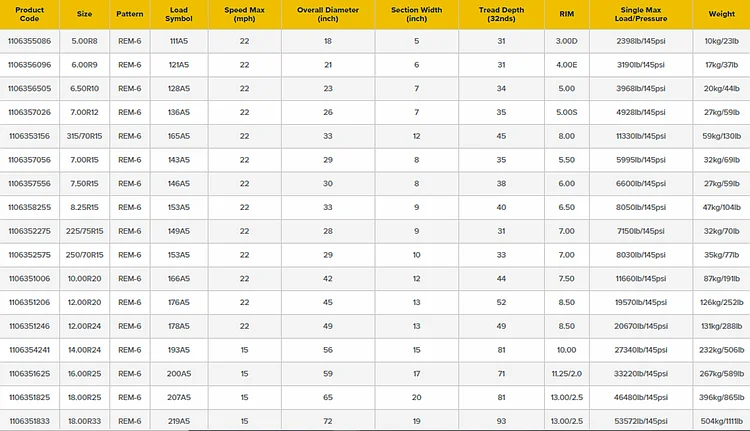 For example, 280/85R24 and 280/85R20.
For example, 280/85R24 and 280/85R20.
Start with the first number, as that is the width of the tractor tire when properly inflated and mounted. If that number appears small, it is because it is expressed in millimeters rather than inches.
However, the aspect ratio relates to the second set of numbers. The aspect ratio illustrates the width of the tire in relation to its height after it has been inflated.
The letter R indicates the tire is made of radial material, which is typical in metric tractor tires. The number following the R denotes the wheel diameter for mounting.
Standard Tractor TiresThe first example above is a common tractor measurement. Those five-digit values are rather conventional and typical, yet you may come across five-digit dimensions such as 11.2X20. Don’t be perplexed by these seemingly disparate figures; they are all the same and represent the same thing. These values are simply another way of printing the measurements.
Tractor Tires Care TipsTractor tire care maintenance is different from regular passenger car tires mainly due to the nature of workload. That said, tractor tires need regular cleaning to prevent dirt buildup. Also, avoid driving on the pavement with them as much as possible. And since these tires are still subject for periodic replacement, don’t wait for them to severely wear out before replacing. Lastly, buy higher-quality tractor tires with a solid reputation in the industry.
That said, tractor tires need regular cleaning to prevent dirt buildup. Also, avoid driving on the pavement with them as much as possible. And since these tires are still subject for periodic replacement, don’t wait for them to severely wear out before replacing. Lastly, buy higher-quality tractor tires with a solid reputation in the industry.
Dirt accumulates on and beneath your tractor during normal operations, particularly around the tires. If your tires are particularly filthy, Clean them after you use them at the end of the day.
Make use of water, soap, and a good tire brush. Get into the tire grooves and clean all the way to the bottom. Then, allow the tires to dry naturally. Clean tires perform better, which may allow you to enjoy them for a longer period of time.
Avoid driving on the pavement as much as possibleTractor tires are not the same as car or truck tires. They are more suited for navigating softer ground such as mud, grass, or hay. You should try to limit your driving on the pavement as much as possible. Even though tractor tires can handle pavement, doing so is highly discouraged.
You should try to limit your driving on the pavement as much as possible. Even though tractor tires can handle pavement, doing so is highly discouraged.
The longer you wait to replace those old, worn-out tires, the higher the risk. Your tire can pop at any time if you hit a sharp stone or other debris. The elasticity of the tire is sucked up by dry air and sun exposure, causing the material to crack.
Buy Quality TiresIt’s far better to spend considerable money upfront on higher-quality tires that will last you for years. You could spend several hundred dollars per tire, but cutting corners will cost you more money in the long run.
The weight of tractor tires can range from 200 pounds on the smallest up to 1,000 pounds each. Knowing the weight of your tractor’s tire can help you improve the traction and efficiency of your tractor wheels. You can determine the exact weight of each tire with careful calculations based on the dimensions provided at the sidewall.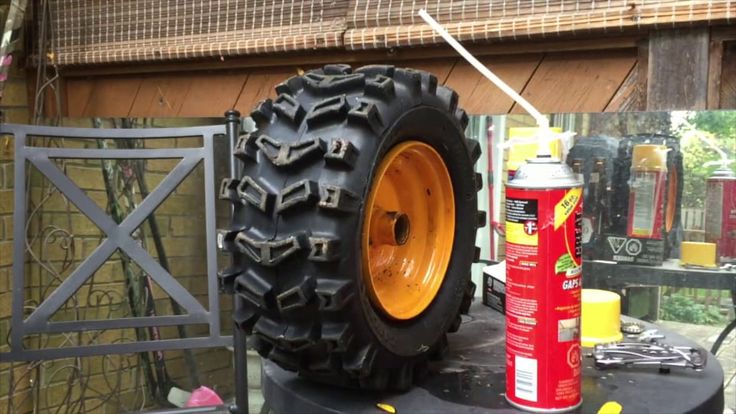
Agricultural tires are highly specialized tires, the right choice of which allows you to save money and optimize production due to the correct operation of equipment, no downtime, reduced losses.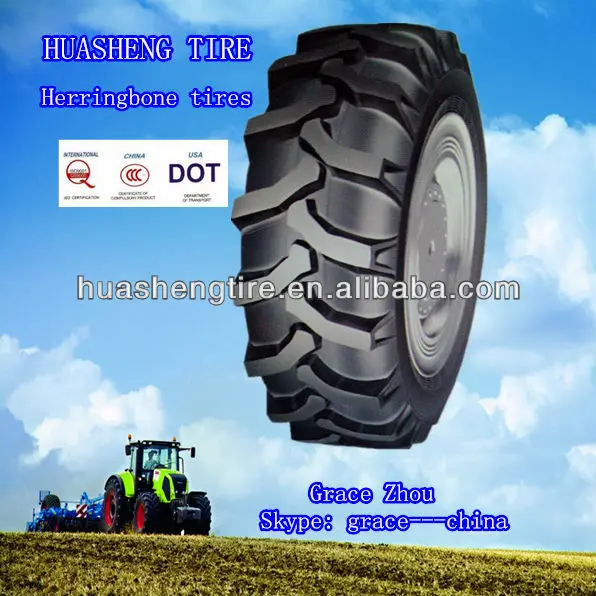 There are a number of important selection criteria for agricultural tires:
Wetter soils require higher lugs, higher angle of inclination. For soil with high adhesion, the distance between the lugs of the tire should be as large as possible. Tires with improved self-cleaning properties are ideal for these types of soil.
Agricultural tires with variable lugs, mounted on the front drive wheels. Rib-type tractor tires are placed on passive front wheels, and the number of ribs should be inversely proportional to soil moisture. Tires with a 23° lug angle are mounted on the rear pair of wheels. For very wet soils, the tires should have a variable angle of inclination.
Loads may not exceed the maximum allowable specifications.
To combat slippage on soils with moisture above 20% and low bearing capacity, it is recommended to fit tractor tires with a wide profile on the drive wheels. You can, where all Belshina agricultural tire models are presented, classified by size, model, tread pattern, ply rate, profile width, load and speed indices. Model
|
Weight of one tire manufactured by JSC Belshina and tire loading rates for a truck with a body volume of 82 cubic meters.
| tires for dump trucks BelAZ | ||
| Tire size and model | Loading rates per truck with a capacity of 82m3, pieces | Weight tires, kg |
| 24.00-35 Fbel-150 | 20 | 709 |
24.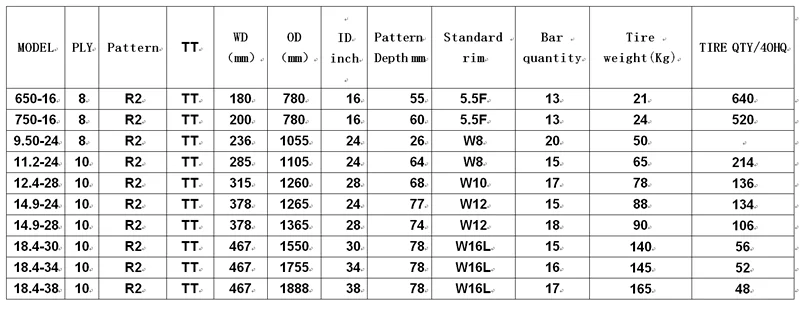 00R35 Bel-122 00R35 Bel-122 | 20 | 826 |
| 21.00-35 Bel-51A ns 36 | 26 | 531 |
| 21.00R35 Bel-112 | 20 | 677 |
| 21.00-33 VF-166AM complete | 28 | 445 |
| 18.00-25 VF-76BM ns32 set | 48 | 278 |
| | ||
| Tires for quarry equipment, road construction and handling machines | ||
| Tire size and model | Loading rates per truck with a capacity of 82m3, pieces | Weight tires, kg |
| 35/65 -33 Fbel-283 ns 42 | 24 | 1190 |
| 35/65 -33 Fbel-283 ns 30 | 24 | 1161 |
| 355/65-15 MVE ELKO-314 | 190 | 125. 5 5 |
| 26.5-25 Fbel-199 complete ns.28 | 29 | 384 |
| 26.5-25 Bel-6 complete | 29 | 414 |
| 26.5-25 Bel-10M ns28 complete | 29 | 515 |
| 26.5-25 Bel-10M ns32 complete | 29 | 528 |
| 23.5-25 Fbel-247-1 in set | 41 | 252 |
18. 00-25 Bel-12 ns 28 a/k 00-25 Bel-12 ns 28 a/k | 48 | 398 |
| 21.3-24 IYAV-79 ns.12 in the kit | 61 | 139 |
| 21.3-24 IYAV-79 ns.16 in the kit | 61 | 165 |
| 20.5-25 F-92A ns.16 in the kit | 45 | 180 |
| 20.5-25 F-92A ns.28 in the kit | 45 | 199 |
17. 5-25 F-170 set 5-25 F-170 set | 65 | 202 |
| 17.5-25 F-120 ns.12 in set | 65 | 105 |
| 17.5-25 F-120 ns.16 in set | 65 | 115 |
| 14.00-20 I-307 ns.16 in the kit | 154 | 84 |
| 14.00-20 I-307 ns.18 in the kit | 154 | 95 |
14.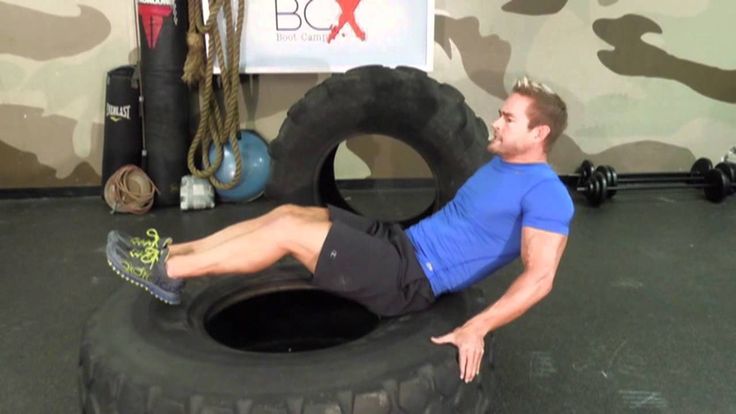 00-20 I-307 ns.20 included 00-20 I-307 ns.20 included | 154 | 103 |
| 14.00-20 I-307 ns.10 in the kit | 154 | 84 |
| 14.00-20 F-10A ns.20 complete | 154 | 116 |
| 14.00-20 Fbel-67A ns.22 included | 154 | 103 |
| 14.00-20 Bel-64 ns.14 included | 154 | 85 |
14.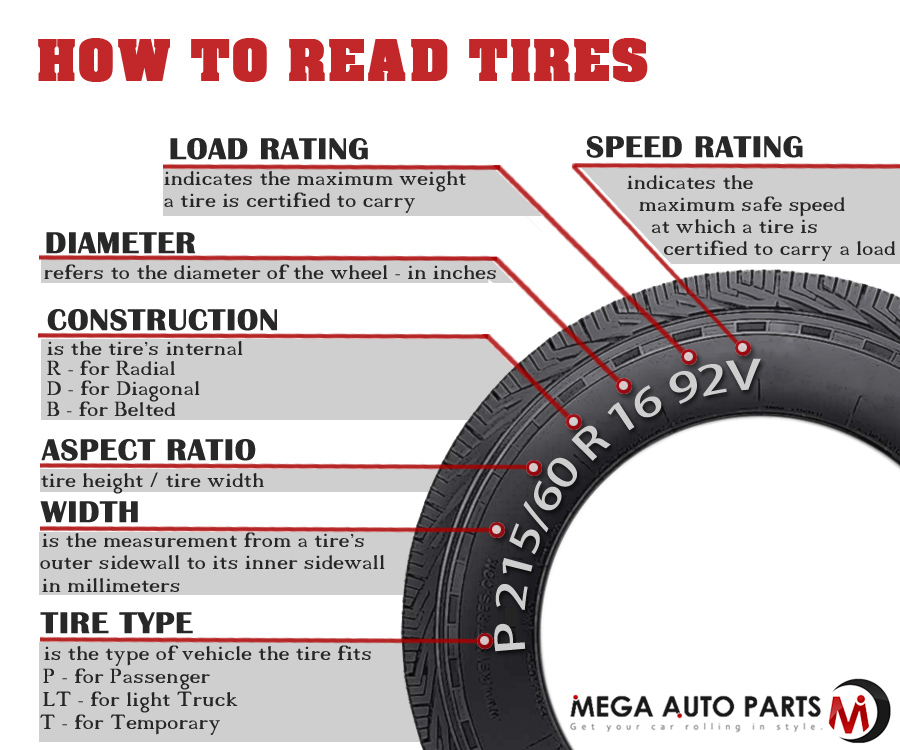 00-20 Bel-64 ns.22 set 00-20 Bel-64 ns.22 set | 154 | 113 |
| 29.5/75P25 Bel-26 complete | 29 | 319 |
| 29.5/75P25 Bel-32 complete | 27 | 433 |
| 18x7-8 F-65-1 included | 2 430 | 10.7 |
| 8.15-15 Bel-1 complete | 920 | 25. 5 5 |
| 7.00-12 F-42-1 set | 1 045 | 20.8 |
| 7.00-12 F-262 massive | 1 165 | 30.2 |
| 6.50-10 F-267 massive | 1 570 | 25.4 |
| 6.25-10 B-97-1 in set | 1 850 | 13.7 |
| 6.00-13 B-98-1 included | 1 550 | 15.2 |
| | ||
| Tires for trucks, buses and trolleybuses | ||
| Tire size and model | Loading rates per truck with a capacity of 82m3, pieces | Weight tires, kg |
| 1300x530-533 VI-3 set | 100 | 129 |
12. 00P20 ID-304 U-4 ns.16 in set 00P20 ID-304 U-4 ns.16 in set | 216 | 80 |
| 12.00P20 ID-304 U-4 ns.16 without o/l | 216 | 77 |
| 12.00P20 ID-304 U-4 ns.18 in set | 216 | 82 |
| 12.00P20 ID-304 U-4 ns.18 without o/l | 216 | 79 |
| 11.00R20 Bi-347-1, D-3B included | 244 | 63 |
11.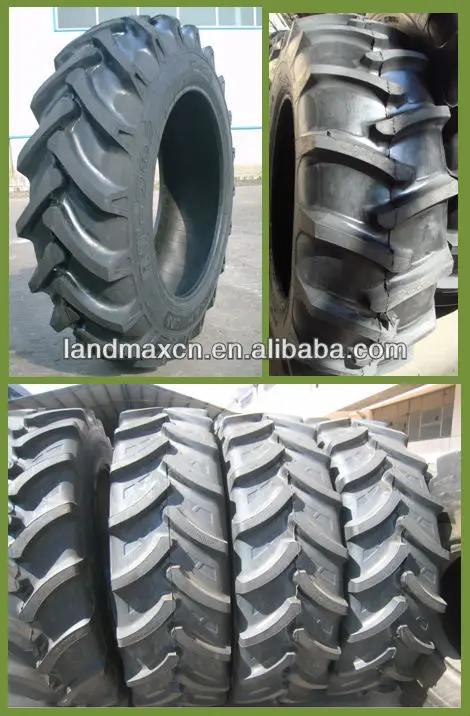 00R20 Bi-347-1, D-3B without o/l 00R20 Bi-347-1, D-3B without o/l | 244 | 60 |
| 11.00P20 I-111AM complete | 244 | 62 |
| 11.00P20 I-111AM without o/l | 244 | 59 |
| 11.00R20 Bel-124 complete | 244 | 64 |
| 11.00R20 Bel-124 without o/l | 244 | 61 |
10.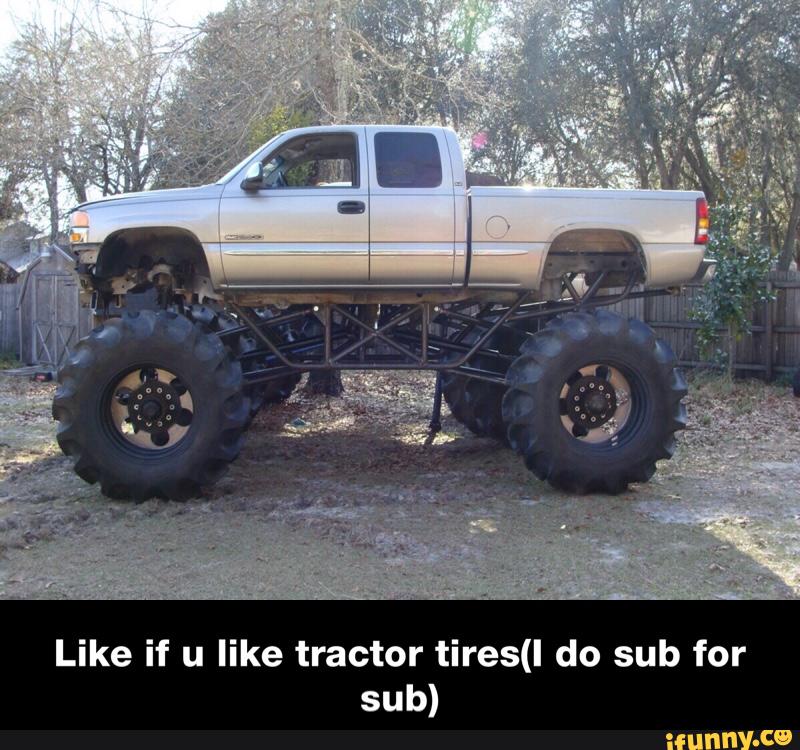 00P20 IA-185 set 00P20 IA-185 set | 276 | 60 |
| 10.00P20 IA-185 without o/l | 276 | 57 |
| 10.00P20 Bel-25 complete | 276 | 60 |
| 10.00P20 Bel-25 without o/l | 276 | 57 |
| 10.00P20 Bel-114 complete | 276 | 62 |
10. 00P20 Bel-114 without o/l 00P20 Bel-114 without o/l | 276 | 59 |
| 9.00P20 IN-142B set | 316 | 53 |
| 9.00P20 IN-142B without o/l | 316 | 51 |
| 9.00P20 BI-366 set | 316 | 49 |
| 9.00P20 BI-366 without o/l | 316 | 47 |
8. 25P20 U-2, K-84 in set 25P20 U-2, K-84 in set | 336 | 40 |
| 8.25P20 U-2, K-84 without o/l | 336 | 38 |
| 8.25P20 BI-367 ns12 kit | 336 | 43 |
| 8.25P20 BI-367 ns12 without o/l | 336 | 41 |
| 16.5-18 Bel-79 complete | 142 | 30 |
| | ||
| Solid steel cord tires | ||
| Tire size and model | Loading rates per truck with a capacity of 82m3, pieces | Weight tires, kg |
385/65P22. 5 Bel-88 5 Bel-88 | 180 | 78 |
| 11P22.5 Bel-98 | 270 | 53 |
| 11/70P22.5 Bi-334M, D-7M | 280 | 53 |
| 275/70P22.5 Bel-108M | 280 | 50 |
| 295/80P22.5 Bel-118 | 255 | 60 |
235/75P17.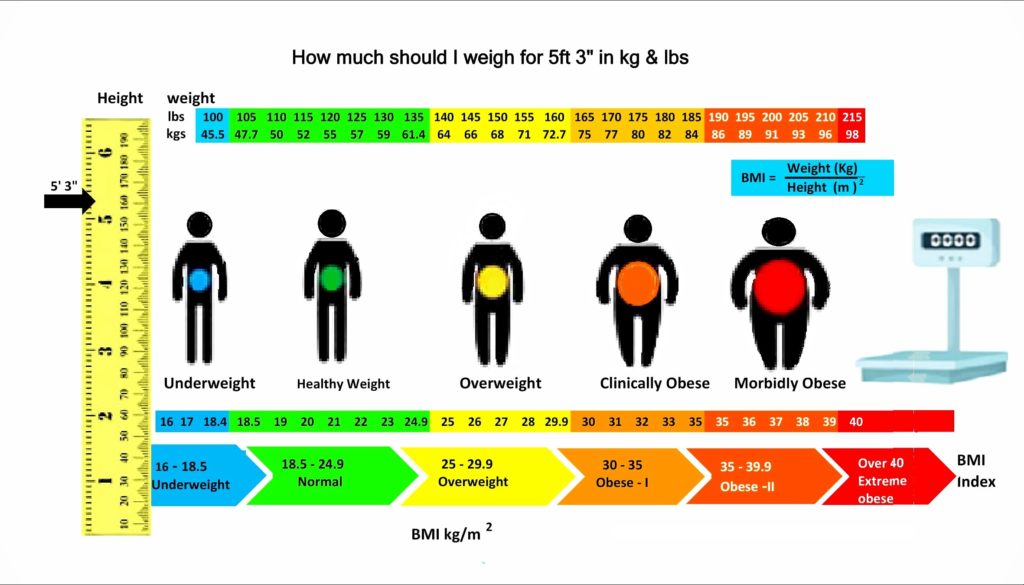 5 Bel-96 5 Bel-96 | 500 | 27 |
| 215/75P17.5 Bel-169 | 520 | Х |
| 16.00R20 Bel-95 | 75 | 174 |
| 29.5/75P25 Bel-26 complete | 29 | 317 |
| 29.5/75P25 Bel-32 complete | 27 | 433 |
| | ||
| Tires for tractors and agricultural machinery | ||
| Tire size and model | Loading rates per truck with a capacity of 82m3, pieces | Weight tires, kg |
28.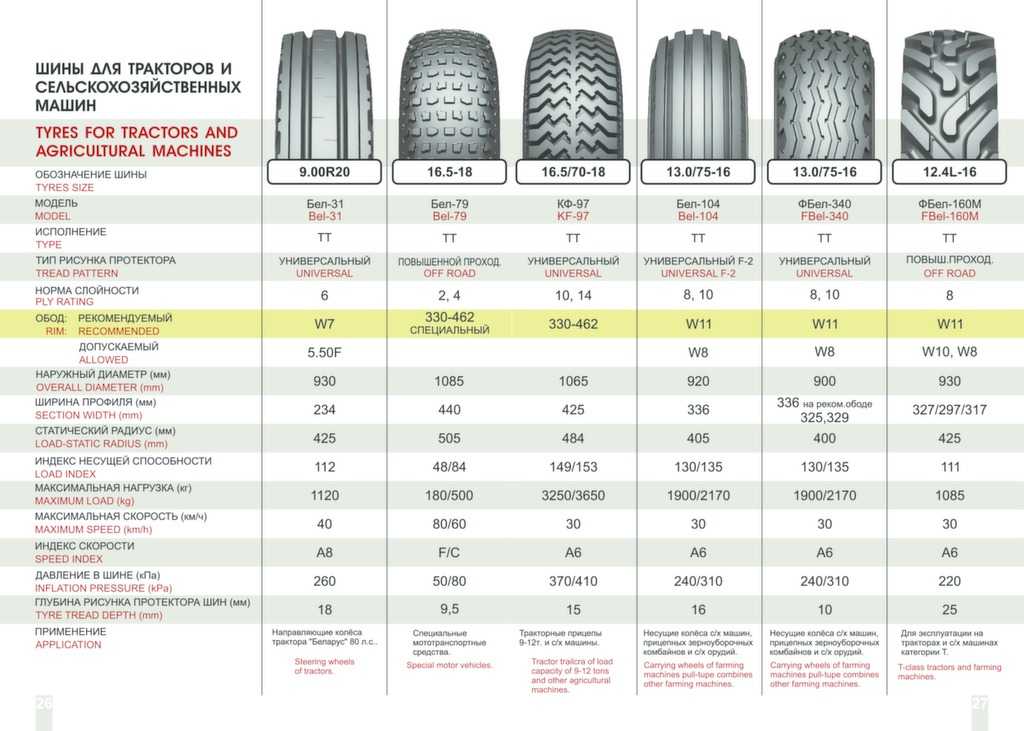 1P26 FD-12 set 1P26 FD-12 set | 32 | 265 |
| 28LR26 Bel-83M in set | 34 | 280 |
| 30.5L-32 Fbel-179M 162A (ns12) included | 22 | 307 |
| 30.5P32 F-81 complete | 22 | 319 |
| 22.0/70-20 F-118A in set | 67 | 100 |
24. 0/50-22.5 Bel-91 0/50-22.5 Bel-91 | 78 | 113 |
| 20.0/60-22.5 Bel-87 | 78 | 96 |
| 21.3-24 IYAV-79 ns.10 in set | 61 | 123 |
| 20.8P38 Bel-15 complete | 38 | 224 |
| 18.4R38 F-111 complete | 41 | 162 |
18.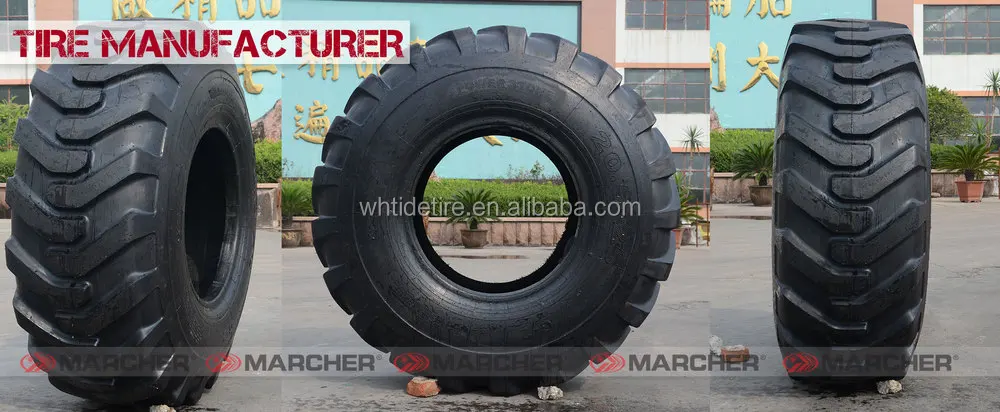 4R34 F-11 complete 4R34 F-11 complete | 45 | 150 |
| 18.4P30 Bel-27 complete | 48 | 138 |
| 18.4-24 F-148 complete | 50 | 87 |
| 620/75P26 Bel-93 complete | 41 | 233 |
| 520/70P38 Bel-111 complete | 42 | 55 |
| 420/70P24 Bel-90 in a set | 100 | 91 |
| 360/70P24 Bel-89 complete | 120 | 73 |
16. 9P38 F-52 complete 9P38 F-52 complete | 48 | 137 |
| 16.9P30 F-245-1 in set | 63 | 115 |
| 16.9P30 F-39 complete | 71 | 111 |
| 16.5/70-18 KF-97 ns.10 in set | 124 | 78 |
| 16.5/70-18 KF-97 ns.14 included | 124 | 84 |
16. 0-20 Ф-64GL-1 ns.12 included 0-20 Ф-64GL-1 ns.12 included | 127 | 71 |
| 16.0-20 Ф-64GL-1 ns.8 in set | 127 | 62 |
| 15.5P38 F-2A set | 56 | 101 |
| 13.6-20 Bel-17 set | 224 | 47 |
| 13.0/75-16 Fbel-340 included | 300 | 31 |
13. 0/75-16 Bel-104 complete 0/75-16 Bel-104 complete | 300 | 37 |
| 12.4L-16 Fbel-160M complete | 310 | 37 |
| 11.2-20 F-35-1 complete | 300 | 36 |
| 10.0/75-15.3 Bel-92 in set | 620 | 20 |
| 10.00-16 Bel PT-5M complete | 455 | 27 |
9. 00P20 Fbel-311 included 00P20 Fbel-311 included | 344 | 32 |
| 7.50-20 V-103 kit | 400 | 24 |
| 7.50L16 Fbel-253M ns.2 included | 690 | 12 |
| 7.50L16 Fbel-253M ns.4 included | 690 | 14 |
| 6L-12 F-140M complete | 1 350 | 7. 4 4 |
| 6.50-16 I-275A in the kit | 685 | 17.7 |
| 5.50-16 Fbel-256 ns4 included | 910 | 7.1 |
| 5.50-16 Fbel-256 ns8 included | 910 | 8.4 |
| 5.50-16 F-122 ns 8 in set | 910 | 11.6 |
| 5.50-16 F-122 ns 4 in set | 910 | 10.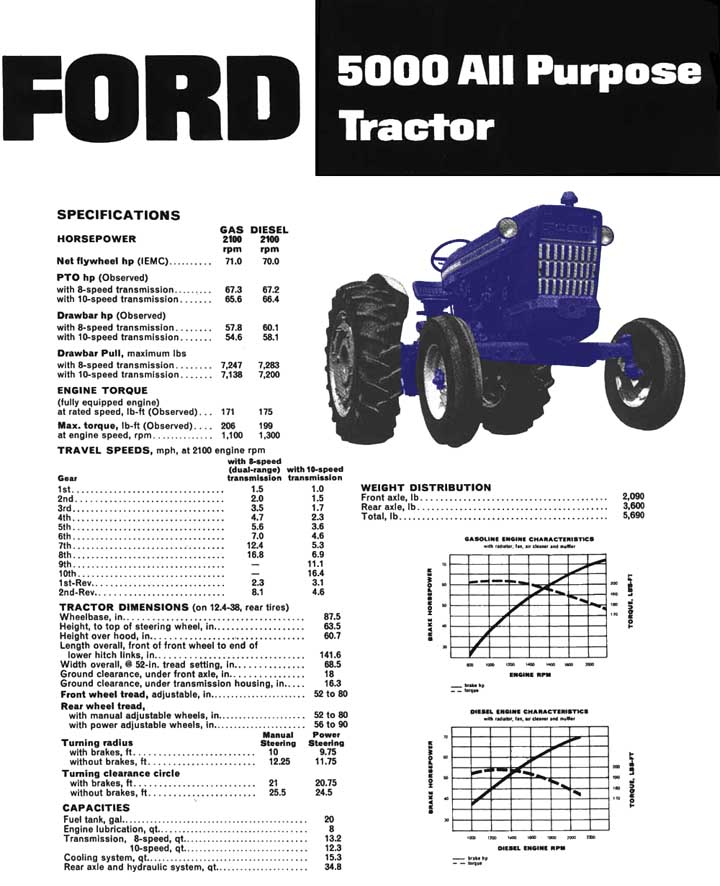 4 4 |
| 5.00-10 B-19And in the kit | 1 900 | 5.3 |
| | ||
| Tires for cars, light trucks and minibuses | ||
| Tire size and model | Loading rates per truck with a capacity of 82m3, pieces | Weight tires, kg |
| 235/75P15 Bel-24-1 b/c | 600 | 16.6 |
| 205/70P15 Bel-121 | 780 | 11. 3 3 |
| 205/70P14 Bel-59 | 840 | 10.6 |
| 205/70P14 OI-297-1 | 840 | 11.1 |
| 205/65P15 Bel-99 | 840 | 10.7 |
| 205/65P15 Bel-123 | 840 | 10.7 |
| 195/65P15 Bel-80 | 865 | 11 |
| 195/65P15 Bel-81 | 865 | 11 |
| 195/65P15 L-8 | 865 | 10. 5 5 |
| 195/65P15 Bel-119 | 865 | 10.4 |
| 185/70P14 Bel-117 | 1 010 | 8.3 |
| 185/70P14 Bel-97 | 1 010 | 7.8 |
| 185/70P14 Bel-113 | 1 010 | 8.1 |
| 185/60P14 Bi-555 | 1 155 | 7. 5 5 |
| 185/65P14 Bel-94 | 1 080 | 7.6 |
| 185/65P14 Bel-107 | 1 080 | 8 |
| 175/80P16 Vli-10 set | 875 | 11.8 |
| 175/70P14 L5-1 | 1 232 | 7.7 |
| 175/70P14 L-5Bel | 1 232 | 7.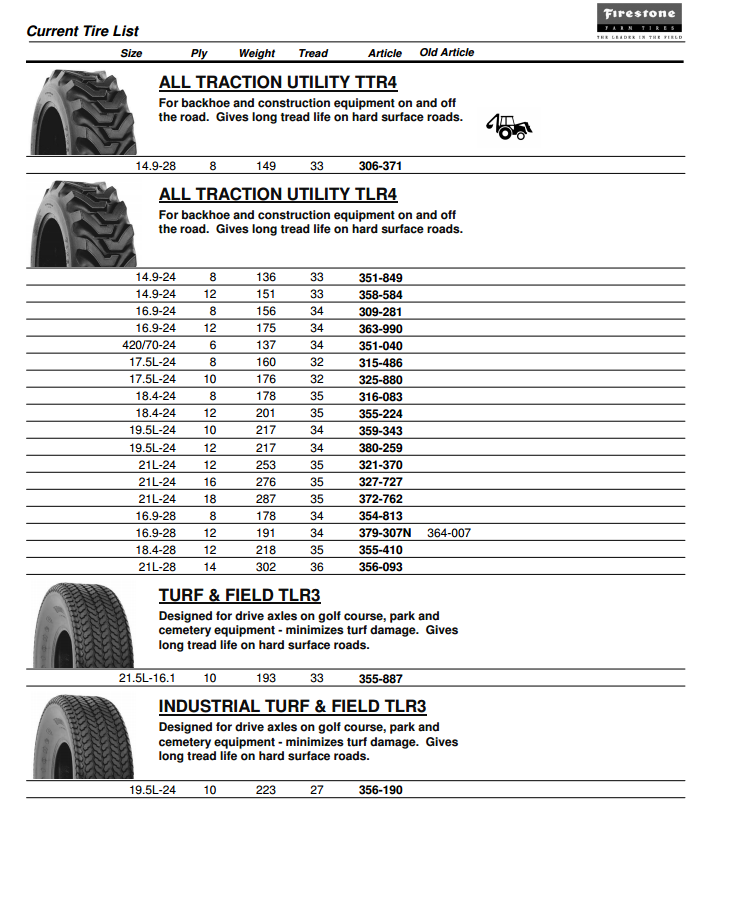 2 2 |
| 175/70P13 Bi-391 | 1 600 | 7 |
| 175/70P13 Bel-101 | 1 600 | 7 |
| 175/70P13 Bel-103 | 1 600 | 7.1 |
| 175/70P13 Bel-100 | 1 600 | 7 |
| 175/70P13 Bi-508 | 1 600 | 8. 1 1 |
| 175/70P13 Bel-127 | 1 600 | 7.2 |
| 165/80P13 NIISHP RALLY | 1 600 | 8.2 |
| 165/70P13 Bel-105 | 1 870 | 6.2 |
| 155/70P13 Bi-395 | 2 000 | 6.1 |
| 155/70P13 Bel-391 | 2 000 | 6 |
| 135/80P12 Bi-308 | 2 500 | 4.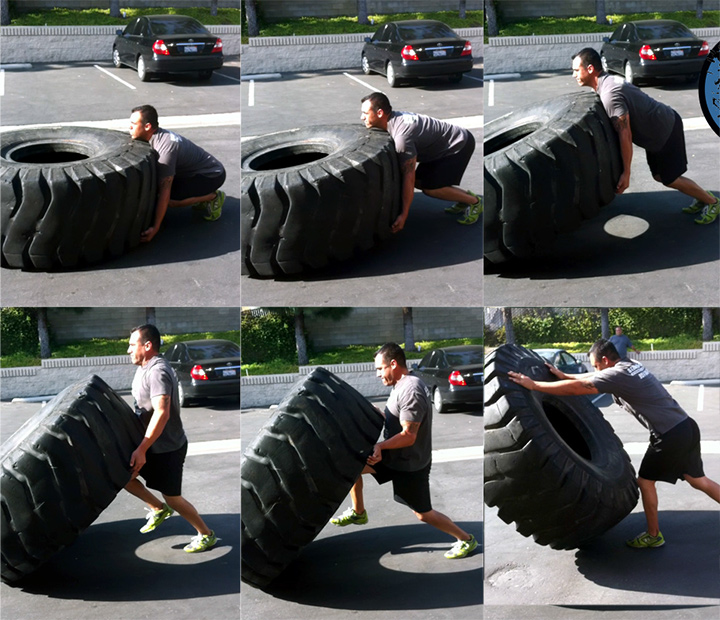 |